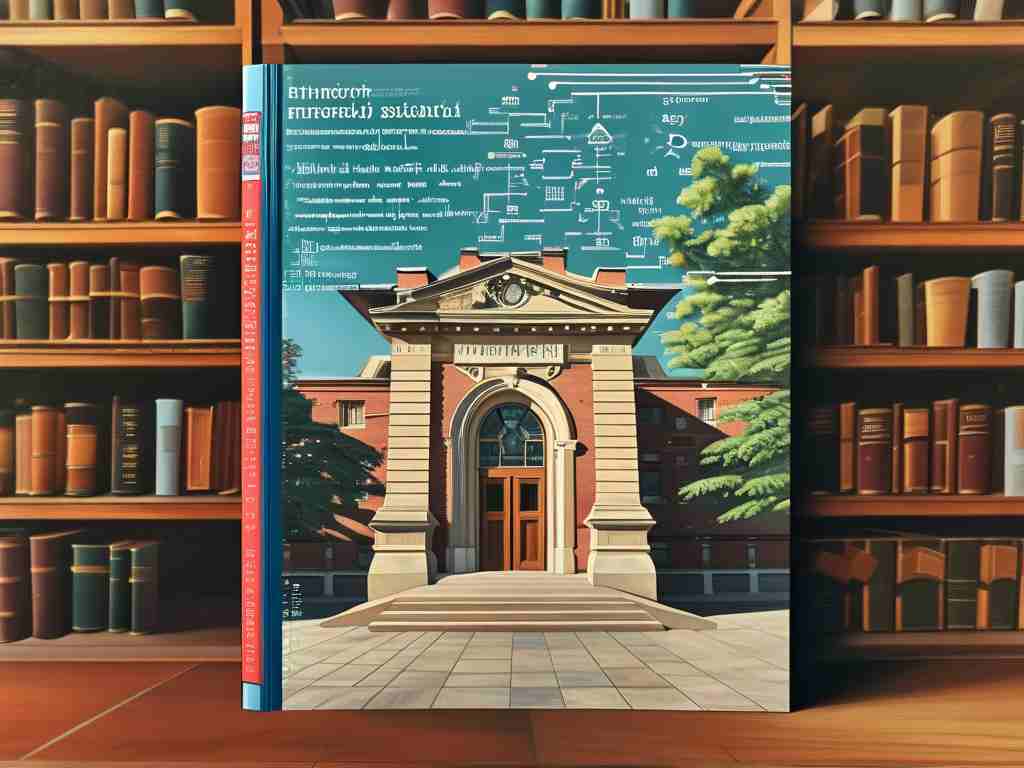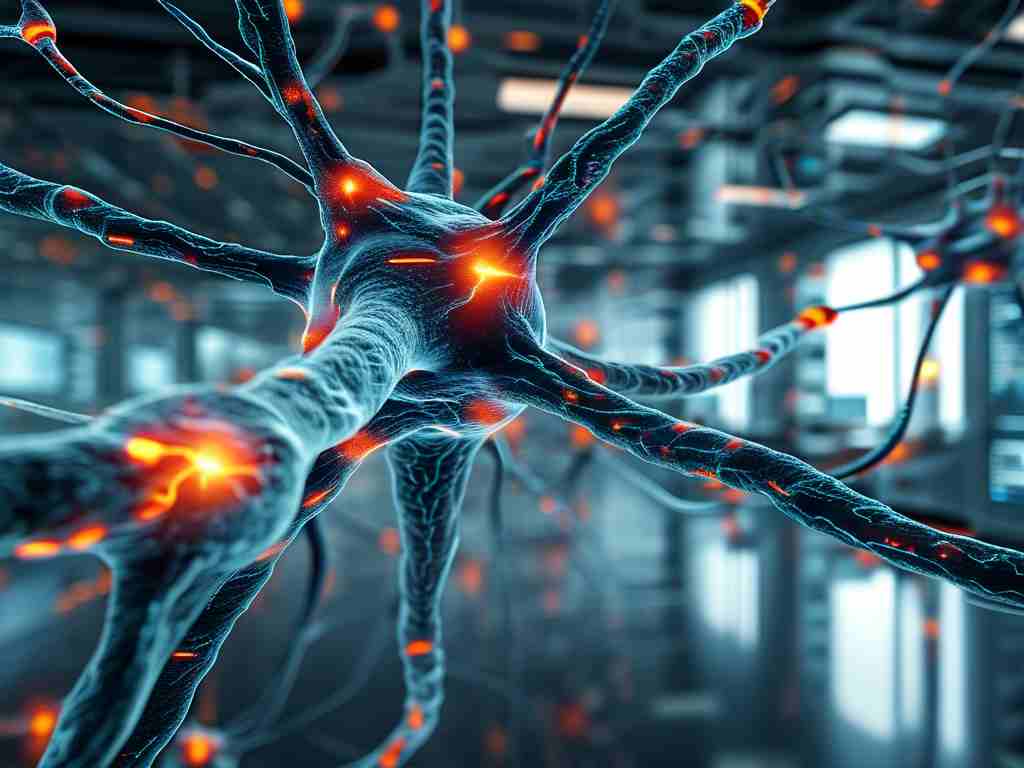Kohonen Neural Networks (KNA), often referred to as Self-Organizing Maps (SOMs), represent a fascinating branch of artificial intelligence that mimics the brain's ability to organize information spatially. Developed by Teuvo Kohonen in the 1980s, these networks excel at unsupervised learning, where they automatically detect patterns in data without explicit labels. This makes them invaluable for tasks like clustering high-dimensional datasets, visualizing complex structures, and reducing noise in real-world applications. For instance, in image processing, KNA networks can group similar pixels to identify objects, while in market analysis, they help segment customer behaviors by uncovering hidden trends. The core mechanism relies on competitive learning: neurons in a grid compete to represent input data, and over iterations, they self-organize to form a topological map that preserves relationships. This process involves adjusting weights based on neighborhood functions, ensuring that similar inputs activate nearby neurons. Despite their power, KNA networks have limitations, such as sensitivity to initial parameters and computational intensity for large datasets. However, their simplicity and interpretability continue to drive innovations in fields like bioinformatics and robotics. To illustrate, consider a basic Python implementation using the MiniSom library. This snippet creates a SOM for clustering a sample dataset:

from minisom import MiniSom
import numpy as np
# Generate random data
data = np.random.rand(100, 3) # 100 samples with 3 features
# Initialize SOM: 5x5 grid, input length matches data features
som = MiniSom(5, 5, 3, sigma=0.5, learning_rate=0.5)
# Train the network
som.train_random(data, 100) # 100 iterations
# Visualize the winning neurons
winners = np.array([som.winner(x) for x in data])
print("Cluster centers:", winners)
This code demonstrates how KNA networks learn to map inputs to a low-dimensional grid, revealing clusters. In practice, tuning parameters like grid size and learning rate is crucial for accuracy. As AI evolves, KNA networks remain relevant for their robustness in noisy environments, though hybrid approaches with deep learning are gaining traction. Overall, mastering KNA fundamentals empowers researchers to tackle unstructured data challenges, fostering advancements in smart systems and data-driven decision-making. By embracing these neural models, industries can unlock efficiencies in anomaly detection and predictive analytics, ultimately shaping a more intelligent future.









